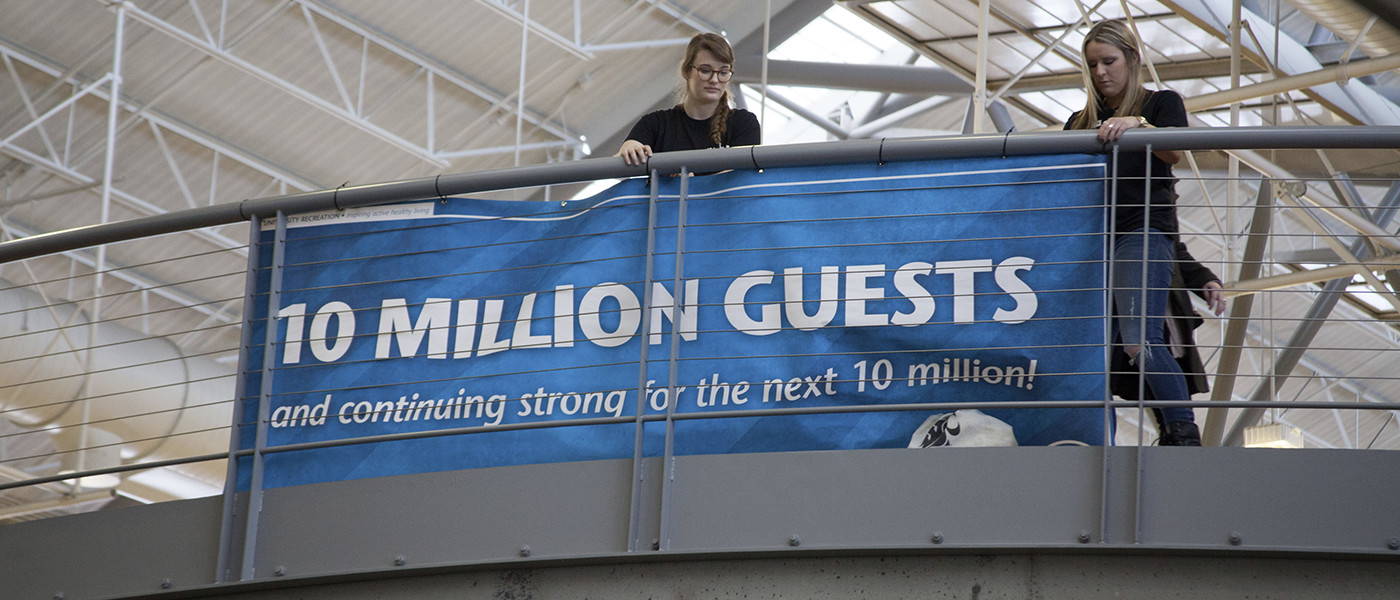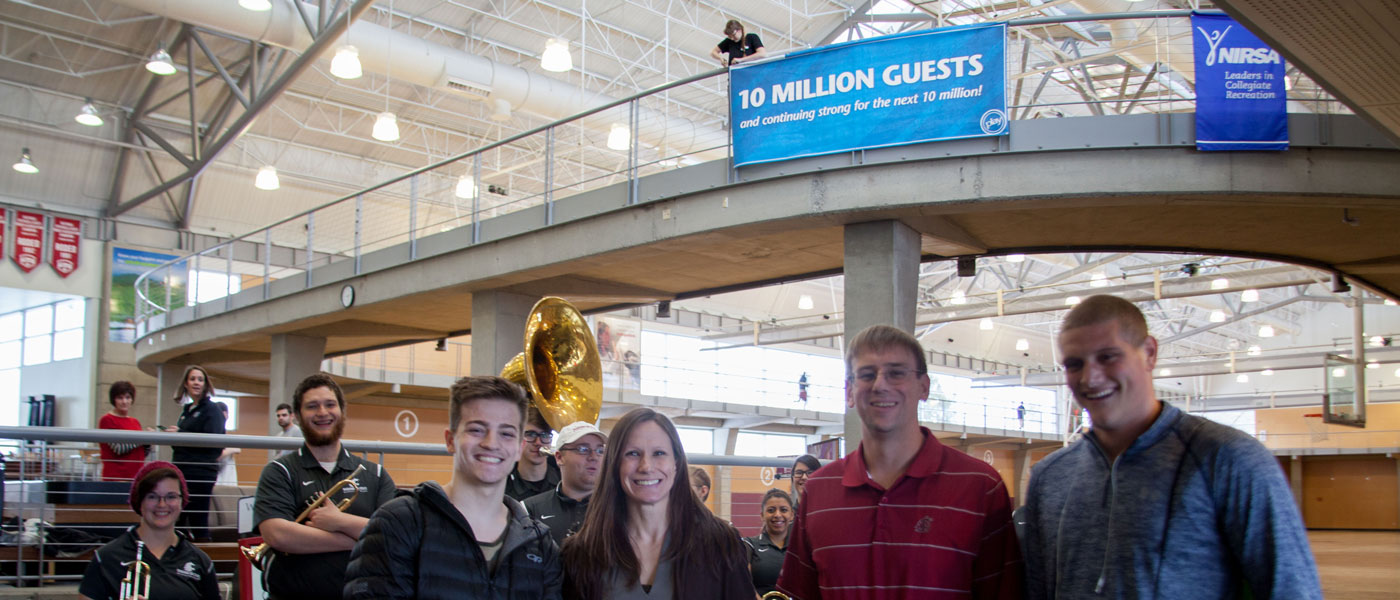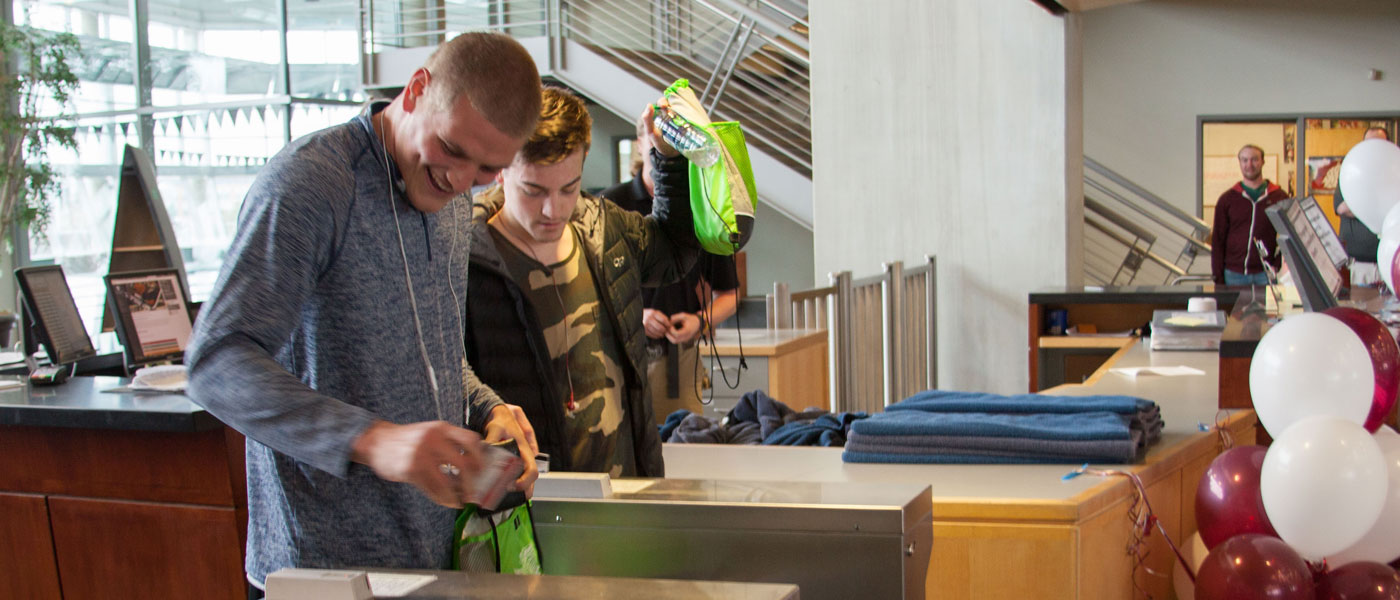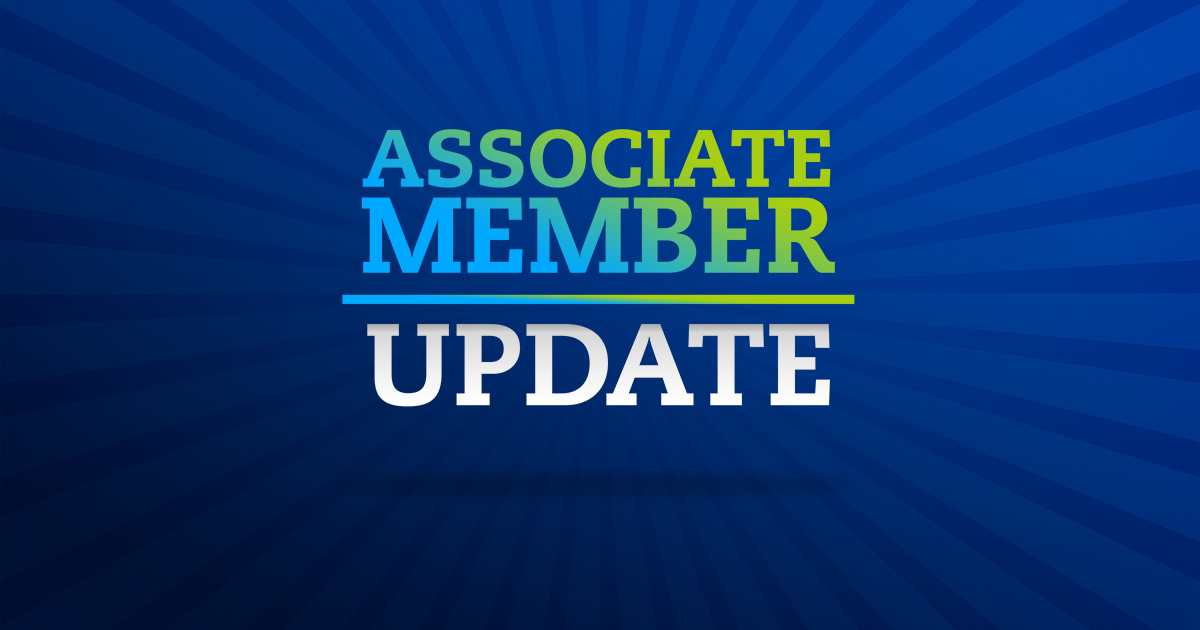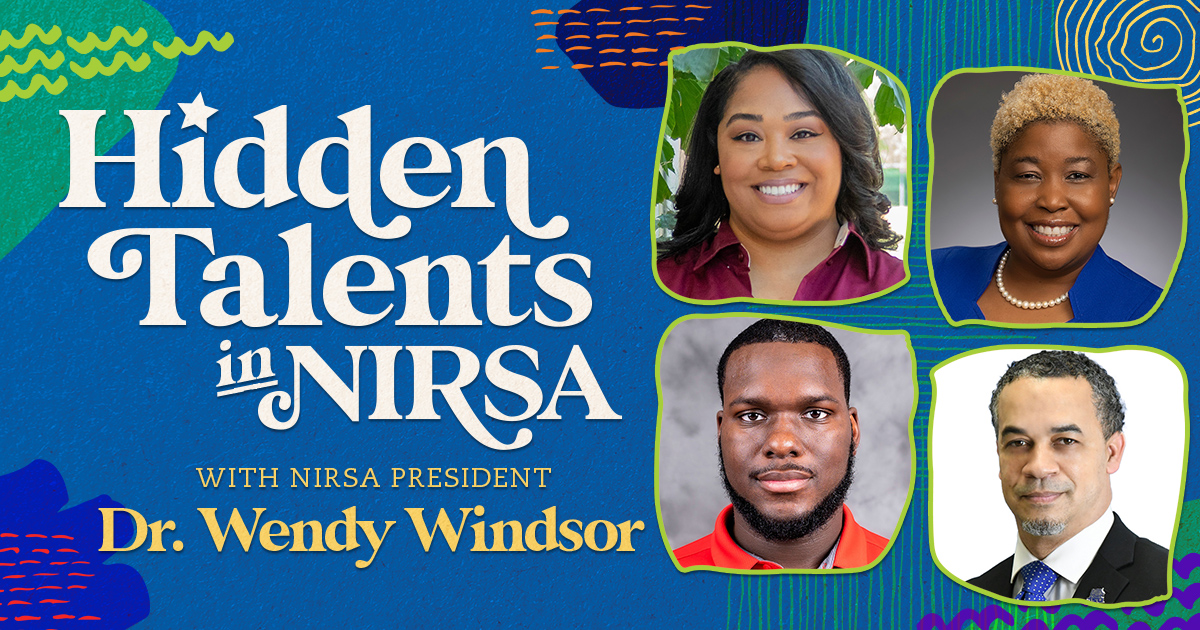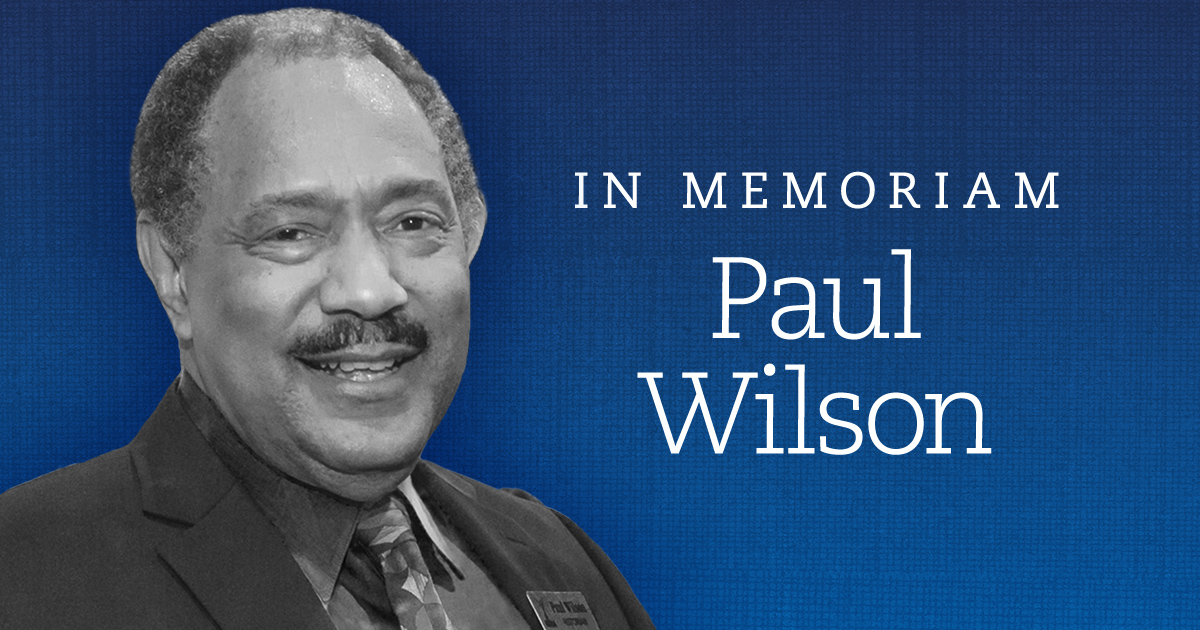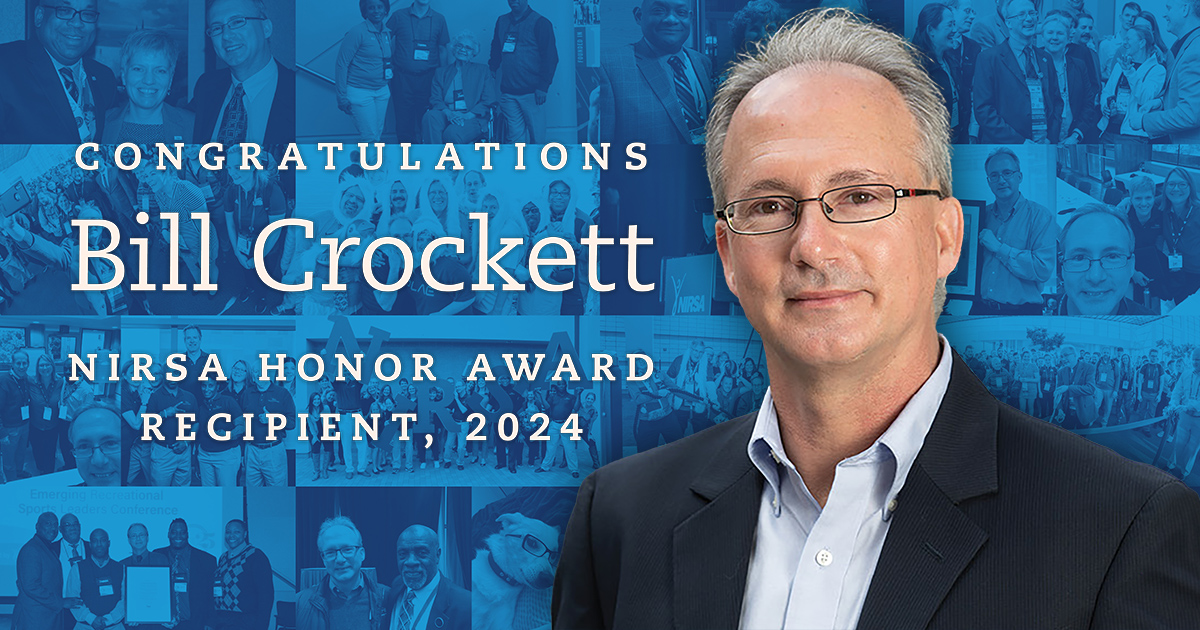By Kyle O’Malley, Student Communications Assistant and Chantell Cosner, Publications Coordinator for WSU’s Administrative Services,
This January, Washington State University’s Student Recreation Center celebrates its 10 millionth user in over 14 years of service. Since opening in 2001, the SRC has been an important resource for the personal development of the entire university community. By offering outstanding services, facilities, and programs designed to engage a diverse community, the SRC is not just a gym but a space for learning and wellbeing.
It all started in 1997 when students decided that having a new, dedicated facility for recreation and fitness was a priority. At that time, the only recreation space available to students was located in a building adjacent to the Hollingbery Fieldhouse. The cardio and weight area was about 4,800 square feet compared to the 20,000 square feet available now in the SRC.
“As we approach our 15-year anniversary, we have realized it is one thing to stand the test of time, but it is another to still see our usage increase from year to year,” says Jeff Elbracht, Director of Facilities and Finance (read more about WSU’s “Culture of Clean”). Over the last 15 years, the facility has experienced a 30 percent increase in usage—from 530,000 users annually upon opening to 750,000 users in the 2014-2015 fiscal year. The Benefits of Campus Recreation report by Scott Forrester and produced by NIRSA suggest that average recreational facility and program participation rates average 75%; about 80% of the WSU student body uses the SRC facility each semester.
Joanne Greene, Director of Programming at University Recreation, remembers how the old recreation building looked when she arrived at WSU as a graduate student in 1999. “Students would wait for a half an hour to get into that little gym,” Greene says. “There were maybe ten pieces of cardio equipment and some weights, but it was really small.”
Today the SRC houses a variety of amenities for student use including a five-lane lap pool, a spa, an elevated track, basketball courts, a climbing wall, and multipurpose classrooms. Students and professional staff also host a wide range of fitness classes in these facilities—everything from weight lifting to spin.
Despite so many classes and services to take care of—and despite the fact that daily usage can exceed 4,700 users—SRC staff continue to provide clientele with a sustainable, clean, and welcoming environment. Jeff explains that “recreation centers can be a very intimidating place for some users, which is why our staff engages with as many users as possible to bring them together and change the way that they experience recreation.”
The next 15 years
The increased popularity of the SRC has led to a long-term vision for recreation across campus. This fall, University Recreation opened the Down Under Recreation Center in the Stephenson Complex to provide students living on the south side of campus with a convenient option. The space includes dedicated weights and cardio space, and includes rooms for fitness classes. Soon, the center of campus will have more space for student recreation. The Chinook Student Center, which will arise from the old Bookie building in the spring of 2017, will house a recreation and fitness center along with many other student amenities.
A healthy and active student lifestyle is only part of the picture when it comes to recreation and why students participate in it. The benefits of being active extend into the classroom too. “There are numerous research studies to support that being physically active improves cognitive abilities and enhances one’s ability to concentrate,” explains Joanne. “Ever since the SRC has opened, we’ve run evaluations between GPA and SRC attendance and there has been a consistent positive correlation between the two.”
Joanne also says that many students see the SRC as their “happy place” where they can de-stress, try new things, and learn more about themselves. Ultimately, Joanne believes that the SRC is a spot on campus where students can actively relax: “I feel that
The landscape of recreation and the needs of students are constantly changing. As such, University Recreation remains dedicated toward maintaining the SRC and its welcoming environment well into the future while still meeting those needs. “The equipment in this building will inevitably change, but the welcoming and positive environment we have created here will last forever,” Jeff says.
To discover more about the Student Recreation Center and University Recreation, visit urec.wsu.edu or contact WSU’s Publications Coordinator, Administrative Services Chantell Cosner (509-335-8462). To learn more about having your story featured on the NIRSA website, email NIRSA Communications Coordinator Nazifa Islam.
Photos courtesy of Sarah Page, Washington State University.

